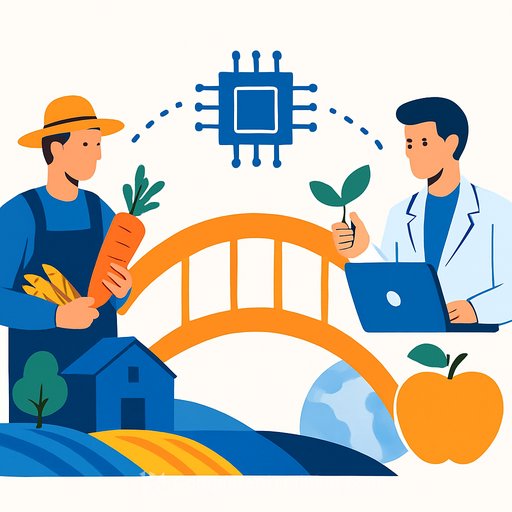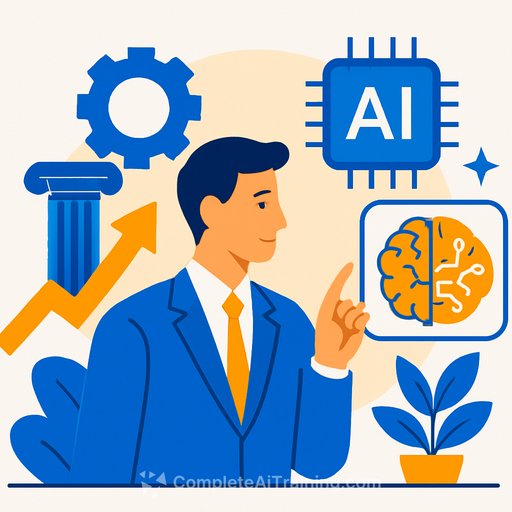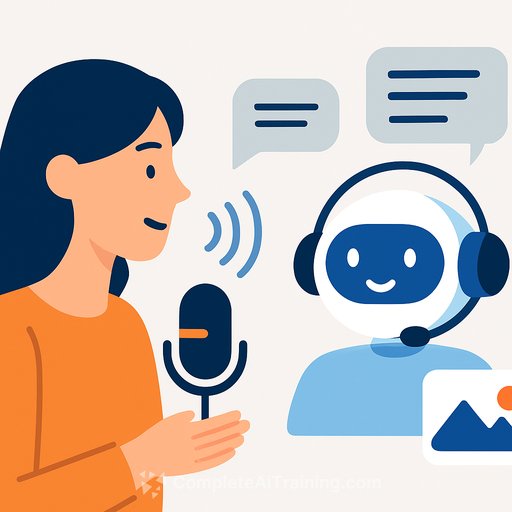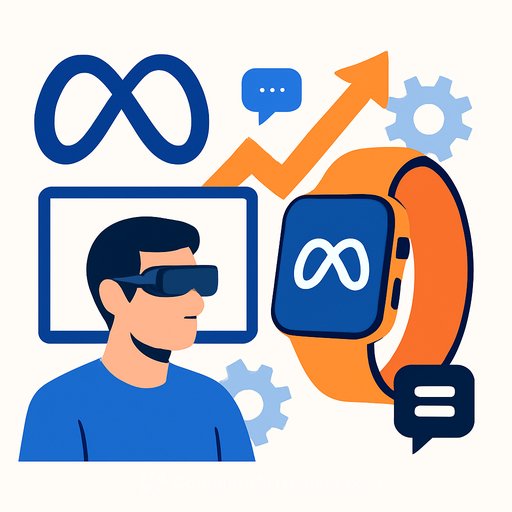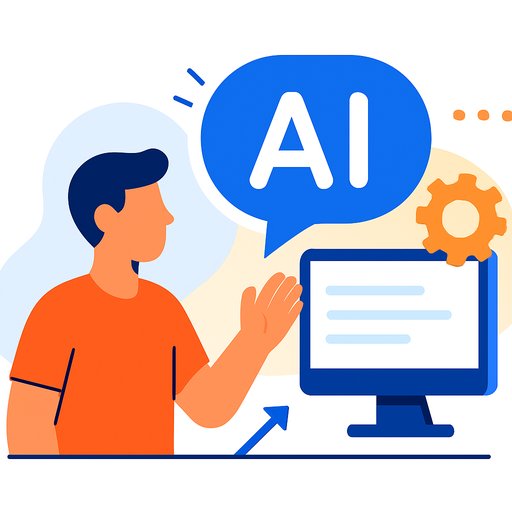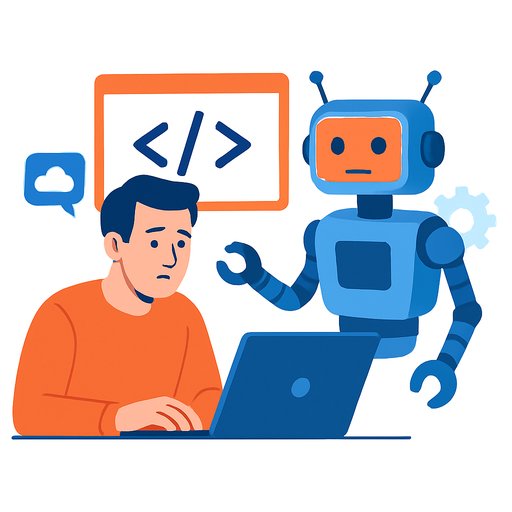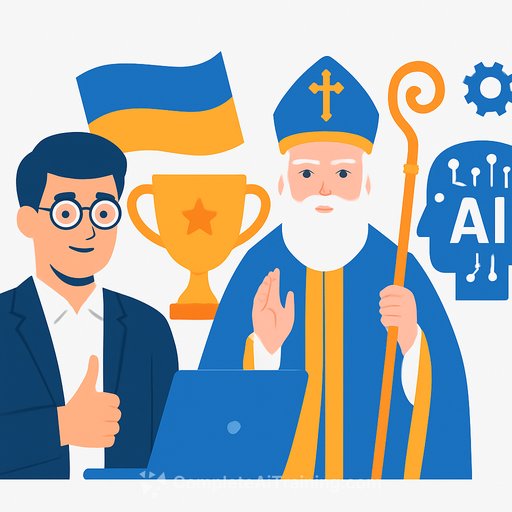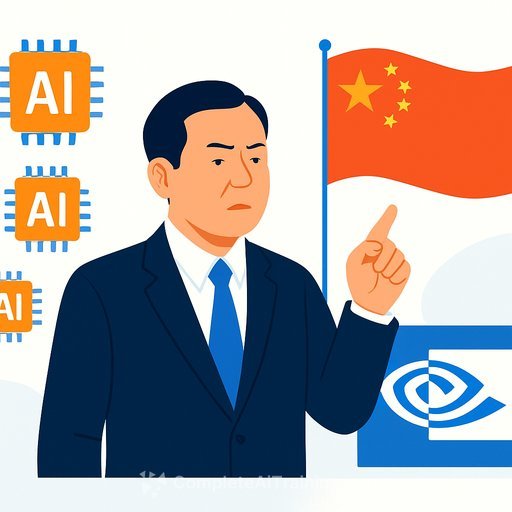AI for food development: How to create nutrition that is healthy for people and the planet
- Food scientists and AI specialists need to co-create and learn how to work with new tools - together.
- AI can connect molecular food composition to farming practices and consumer health, closing gaps across agriculture, nutrition, and product development.
- Data quality, investment, and talent shortages are the biggest blockers, calling for stronger data infrastructure and practical integration.
The first AI for Food Product Development Symposium, hosted by the AI Institute for Next Generation Food Systems (AIFS) at UC Davis, brought engineers, product developers, and food scientists into the same room. The goal: move from hype to working systems that improve health outcomes and reduce resource use.
As AIFS director Dr. Ilias Tagkopoulos put it, many of the molecules that matter - protein, fiber, flavonoids, polyphenols - sit upstream of human health. "Why can't we stay healthy and have a better quality of life? To do that, we have to involve food."
AI that links farm practices to health outcomes
The practical question is direct: "Can we connect what's happening in the farm to what's happening in our bread or fruit basket?" Tagkopoulos asked. The institute's work aims to map agricultural practices to molecular composition, then to bioactivity and health effects.
One AIFS project with the American Heart Association compares the molecular profiles of almonds, wheat, and apples across 100 farms per product. They link those profiles to bioactivity and health markers. The result: evidence that specific field practices can improve product quality, human health, and environmental impact - at the same time.
AIFS as the glue across the product pipeline
AIFS received an initial US$20 million mandate to apply AI across the plant-based food chain: molecular breeding, agricultural production, harvest, processing, distribution, and consumer nutrition. In Tagkopoulos' words, AI is "the glue - the connective extension that brings everything together: data, methods, people."
Beyond research, the institute focuses on industry engagement and workforce development to prepare undergraduates and professionals for AI-enabled food systems. The mission: healthier people and a sustainable planet through efficient, ethical food production.
Explore AIFS' mission and programs
Remove friction or nothing ships
Most AI projects fail not because the ideas are wrong, but because they're hard to use or demand too much from partners. "Whatever we do, we need to make it frictionless," Tagkopoulos said. Don't force teams to pause their day jobs, relearn tools, or run ad-hoc data acquisition with no clear payoff.
His playbook: remove silos, integrate AI into existing workflows, sell the vision to stakeholders, and train teams to co-create solutions. Integration is the difference between a nice demo and a product that consumers actually buy.
The data problem that stalls promising ideas
Food is messy and multidimensional. Species, soil, weather, storage, processing, microbiome, and human variability all collide. If you think you can dump today's scattered datasets into a model and get reliable answers, you won't. Not yet.
Progress comes from two moves: build higher-quality, standardized datasets and use transfer learning where big-data proxies exist. Genomic-scale data can pre-train models, then smaller nutrition or protein-function datasets can fine-tune them for practical tasks. This is the same pattern that made protein-structure prediction feasible.
See the AlphaFold Protein Structure Database
Agents + specialist tools: where LLMs fit
General-purpose LLMs are not the full stack. They need to call specialist tools - computational fluid dynamics, computational chemistry, thermal process models - to solve real food engineering problems. Think of LLMs as orchestration and reasoning layers that route tasks to the right engines, then summarize outcomes for scientists and product teams.
Reality check: talent and funding
There's a mismatch. AI talent can earn US$300,000 right out of school, and US$700,000 to US$1 million in a few years at top tech firms. Food companies struggle to compete on cash alone.
The path forward: focus on impact. Fund fewer, integrated efforts that cut time-to-insight and time-to-shelf. Create environments where high-end AI talent can work on meaningful problems with clear data access and decision authority.
What product and engineering leaders can implement this quarter
- Define the data contract: Agree on standardized schemas for ingredients, processing parameters, molecular profiles, and outcome metrics (sensory, shelf life, bioactivity).
- Instrument the pipeline: Capture farm metadata, processing conditions, and lab results in a single system with lineage and versioning. No manual spreadsheets.
- Start with transfer learning: Use pre-trained models (genomics, protein function, material properties) and fine-tune on your specific products.
- Deploy an AI agent sandbox: Let LLM-based agents call CFD, comp chem, and thermal tools via APIs. Log prompts, parameters, and outputs for auditability.
- Make it frictionless: Integrate into current LIMS/ELN, PLM, and MES systems. Zero extra portals. Single sign-on. Clear ROI tied to cycle-time reduction.
- Train cross-functional pairs: Match a food scientist with an ML engineer. Give them a weekly shipping target and a decision-making channel to leadership.
- Pilot with one product line: From ideation to shelf, measure wins on formulation iteration speed, energy use, and predicted vs. measured bioactivity.
What to watch in the next 12-24 months
- Better food composition datasets with standardized metadata.
- Agent frameworks that safely call domain tools and enforce constraints.
- Clearer regulatory guidance on AI-assisted claims and traceability.
- New funding models that let food companies "rent" elite AI capabilities.
Or as Tagkopoulos put it: you still have to "sell the dream" to policymakers, boards, and investors - but make it a working system, not a pitch deck. Ship integrations that reduce steps, surface better molecules, and prove consumer value.
Upskill your team on practical AI
If you need focused training on data pipelines, LLM agents, or applied model integration for product development, explore:
Make AI the connective tissue in your product pipeline. Keep it simple, measurable, and shippable.
Your membership also unlocks:

